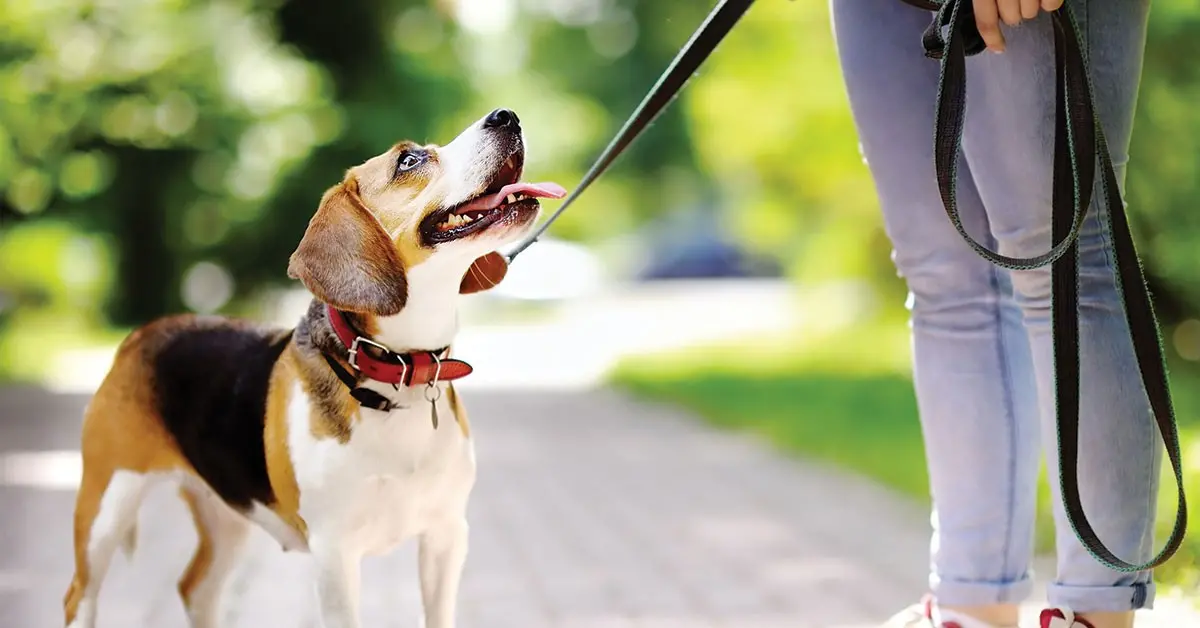At UrgentVet, we understand dogs inside and out – not just physically, but psychologically as well. We know what makes them comfortable. We know what makes them anxious and irritated. Because we understand our canine friends so well, our emergency veterinarian services can provide prompt, professional care with love and compassion. Of course, we care about the habits they’re forming at home, too.
Many of us have done it: brought a new puppy home, put on the collar and leash, and attempted to go for a walk, only to end up carrying said puppy back home because he can’t figure out that he’s supposed to actually walk while on the leash.
Here, to honor National Puppy Day (which is March 23, as if you didn’t already know), we’ve come up with four tips on how to leash train your puppy:
- Get the right equipment. Introduce your pup to his collar (or better yet, his harness) and leash right away. Ensure the harness fits properly, and avoid equipment that can inflict pain, like electronic shock and choke collars. Let him wear his harness and leash loosely around the house so he can become accustomed to it.
- Use reward-based training methods. Once your dog seems comfortable wearing his harness and leash, you can begin training him to walk with you. Use small pieces of a high-quality treat he loves to encourage the behavior you’re seeking. An audible cue—like a clicker trainer or a simple “Yes!”—followed by a treat will let your dog know he’s doing what you want him to do and will encourage him to repeat the desired behavior.
- Start inside. Using the treats and your audible cue, encourage your dog to come to you while he’s wearing the leash inside. Start across the room from your dog, and when he looks at you, say “Yes,” and give him a treat. He’ll quickly learn that by looking at you and coming to you, he’ll be rewarded. Eventually, you can pick up the leash and attempt to walk around the house with your dog, giving treats when he walks next to you and looks at you.
- Keep his attention while outside. Once he’s mastered walking on the leash while inside your home, you can transition to outdoor walks. Continue using treats and your audible cue to keep your dog on track. If he seems like he’s about to become distracted or lunge toward something, get his attention with the treats and your audible cue. Prevent your puppy from feeling overwhelmed by keeping the initial outdoor walks short.
By keeping things positive, your pup will be walking nicely by your side in no time.


